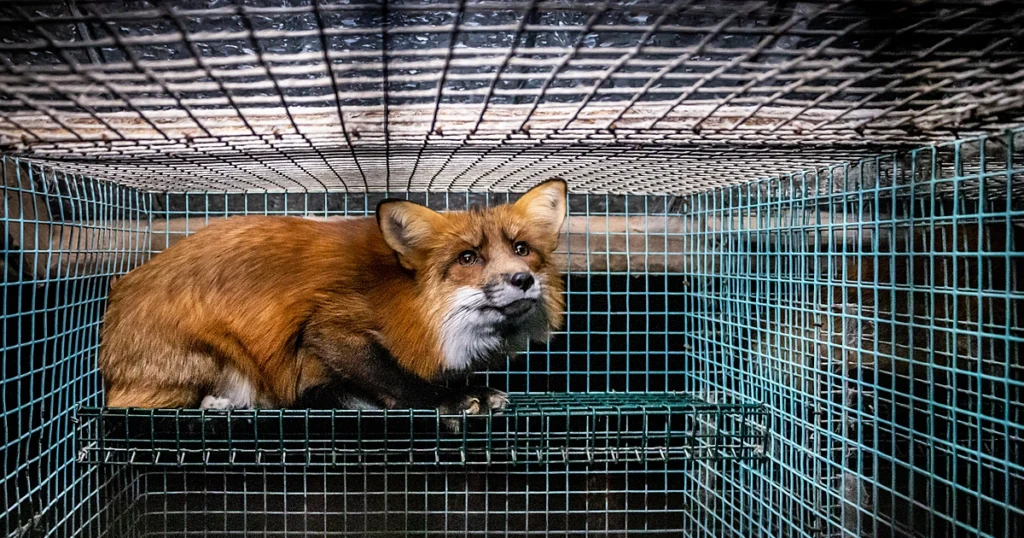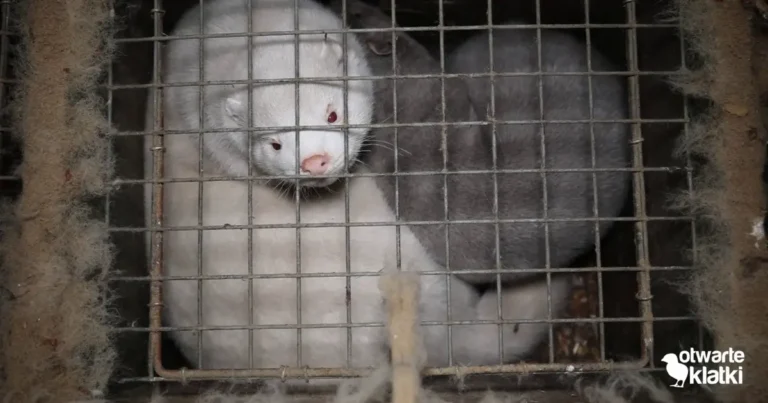
The Finnish government has ordered a cull of 50,000 mink and foxes on fur farms due to the spread of H5N1 (avian flu). YLE reports that the Finnish Food Authority has said that additional fur farms will be closed, and that mink must be killed at farms where H5N1 has been detected. The number of animals killed will likely rise as H5N1 continues to spread. According to the YLE report, cases of avian flu have been reported in at least 20 fur farms in the country.
The government-ordered cull comes after recent news that H5N1 had been detected on fox farms in Finland. H5N1 has also been detected in farmed mink elsewhere in the world, with a mink farm in Spain experiencing an outbreak of H5N1 in October 2022. As a result of this outbreak, 50,000 mink were ordered to be killed.
Fur farming remains a public health threat
Culls of infected mink and foxes do not eliminate the risks of fur farming. Only until the last fur farm is permanently closed will the public be safe from the dangers and risks caused by fur farming.
Fur farms continue to operate across Canada, with the 2021 census reporting that there was at least one active fur farm in each province during Census data collection. The recent exception is British Columbia, which banned mink farming in 2021 due to the sector’s danger to public health after three mink farms experienced COVID-19 outbreaks among mink and workers (only one active chinchilla fur farm remains in the province).
During the COVID-19 pandemic, numerous countries banned fur farming over its public health risks. But the risks don’t end with COVID-19, especially as H5N1 circulates around the world and is now infecting farmed mink and foxes. Avian flu is raising more concerns over fur farming’s pandemic risk. A July 2023 opinion article published in PNAS writes,
"We strongly urge governments to also consider the mounting evidence suggesting that fur farming, particularly mink, be eliminated in the interest of pandemic preparedness. Fur farming should be in the same category of high-risk practices as the bushmeat trade and live animal markets. These activities all increase the likelihood of future pandemics."
The Fur-Bearers published a report calling on the Canadian government to transition away from fur farming. Click here to view our citizen advocacy page and send a one-click letter to your MP, calling for the end of fur farming in Canada. It’s time for the government to act on the risks caused by fur farms before it’s too late.
